Rotational Grazing
Rotational grazing is an agroecological practice based on rotating the areas where the livestock graze throughout the grazing season. This method allows for better grazing by utilizing forages when they have the most nutritional value without over or under grazing certain species or pasture areas.
Benefits of rotational grazing
- Better grazing for livestock because it can increase the forage biomass and nutritive value
- Can extend the grazing season, reducing need for winter feed to be made and transported
- Spreads manure throughout the pasture, reducing the need for synthetic fertilizers
- Improved soil health
- Increased carbon sequestration
- Increased rates of nitrogen fixation and water infiltration (with seeding of legumes)
Download the information summary below, for general information about the rotational grazing BMP funded through Prairie Watersheds Climate Program (PWCP).
Download the PWCP Cover Cropping factsheet below for detailed information about program specifications.
